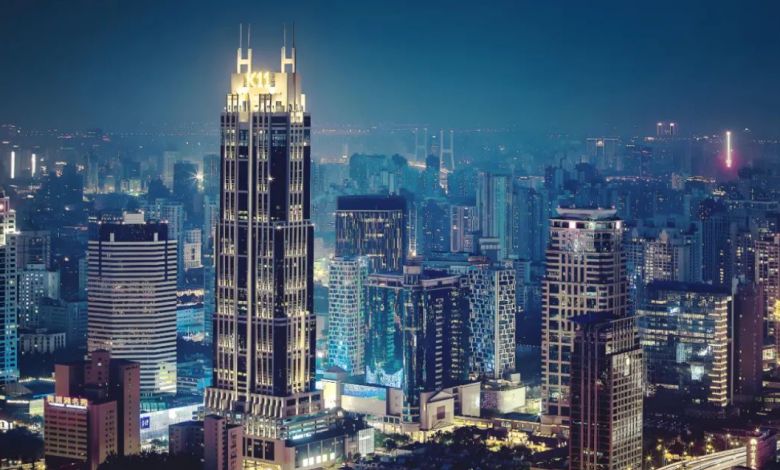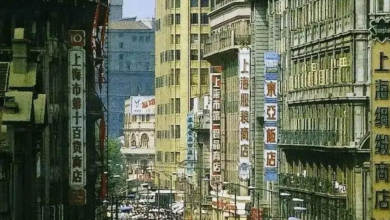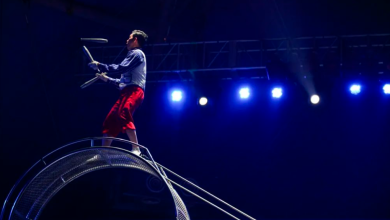KAWS in Shanghai: How a Pop Art Phenomenon Redefined the City’s Creative Landscape

When the 37-meter-tall KAWS sculpture “COMPANION” floated down the Huangpu River in 2019, its X-marked eyes gazing at Shanghai’s skyline, it marked more than just an exhibition—it signaled the city’s transformation into a global hub for boundary-pushing contemporary art. From museum retrospectives to viral street art, KAWS (Brian Donnelly) has left an indelible mark on Shanghai’s cultural scene, blending pop sensibility with profound commentary in ways that resonate deeply with China’s young, art-hungry generation.
The Shanghai Takeover: Key Installations
- “KAWS: HOLIDAY” at the Bund (2019)
- The inflatable COMPANION, lying supine as if washed ashore, drew 100,000+ visitors in 10 days. Locals nicknamed it “Chuang Wang” (Bed Companion) for its relaxed posture contrasting with the financial district’s hustle.
- Clever detail: Its blue hue matched Shanghai’s clear-skies campaign, subtly tying environmental awareness to consumer culture.
- Long Museum West Bund (2017 Retrospective)
- The artist’s first major China solo show featured 40+ works, including:
- “THE KAWS ALBUM” (2019): A Warhol-esque parody of The Simpsons that sold for $14.8 million at Sotheby’s Hong Kong
- “CHUM” sculptures: Mickey Mouse-like figures with signature skull-and-crossbones heads
- The artist’s first major China solo show featured 40+ works, including:
- Permanent Installations
- “SEEING/WATCHING” at Qiantan’s Tank Shanghai—a 5-meter bronze figure peering over an artificial lake
- K11 Art Mall’s KAWS Store: Where limited-edition Shanghai-exclusive figurines sell out within hours
Why Shanghai Embraced KAWS
- Cultural Bridge-Building: KAWS’ blend of American pop references (SpongeBob, Snoopy) and universal emotions transcends language barriers. His “BFF” figure—a blue furry creature with XX eyes—became a meme among Chinese youth, symbolizing urban loneliness.
- Retail-Art Fusion: Collaborations with Uniqlo, Dior, and Sesame Street made his work accessible, while Auction records in Hong Kong (like “THE KAWS ALBUM”) cemented high-art credibility.
- Instagrammable Aesthetic: In a city obsessed with digital self-expression, KAWS’ bold colors and clean lines dominate social media. The “KAWS x Air Jordan” sneaker drop caused overnight campouts at Nanjing West Road.
Controversies & Conversations
Not all welcomed the invasion:
- Traditionalists criticized the Commercialization of Public Spaces when KAWS murals appeared on the Yongkang Lu bar street.
- Intellectuals debated whether his work was “deep art or expensive toys” during lectures at the Power Station of Art.
Yet these tensions mirrored Shanghai’s own identity crisis—a 2,000-year-old port town now racing toward a sci-fi future.
The KAWS Effect on Local Creativity
The artist’s presence catalyzed Shanghai’s homegrown art movements:
- “Chāo Piàn” (Super Flat) Movement: Young Chinese artists like Mr. Doodle cite KAWS’ graffiti-meets-gallery path as inspiration.
- Retail Spaces as Galleries: Malls like TX Huaihai now feature rotating KAWS-style pop-up exhibits.
- Art District Boom: West Bund’s galleries report 30% more millennial visitors post-KAWS exhibitions.
Where to Experience KAWS in Shanghai Today
- Yuz Museum: Holds “KAWS + Warhol” comparative studies
- Rockbund Art Museum: VR exhibitions exploring his digital art evolution
- Fengjing Ancient Town: Surprise KAWS-themed water town festival (2023) blended his figures with Ming Dynasty architecture
Beyond the Hype
What makes KAWS’ Shanghai legacy unique isn’t just the art—it’s how the city reinterpreted his work. When locals began using “XX eyes” (from COMPANION) as slang for “seeing through societal facades”, it proved art’s power to spark vernacular creativity. As one M50 gallery owner noted: “KAWS didn’t just exhibit here; he became part of Shanghai’s visual language.”
Final Thought:
“In a city where neon ads and ancient temples coexist, KAWS found the perfect canvas—Shanghai’s restless, hybrid soul.”





